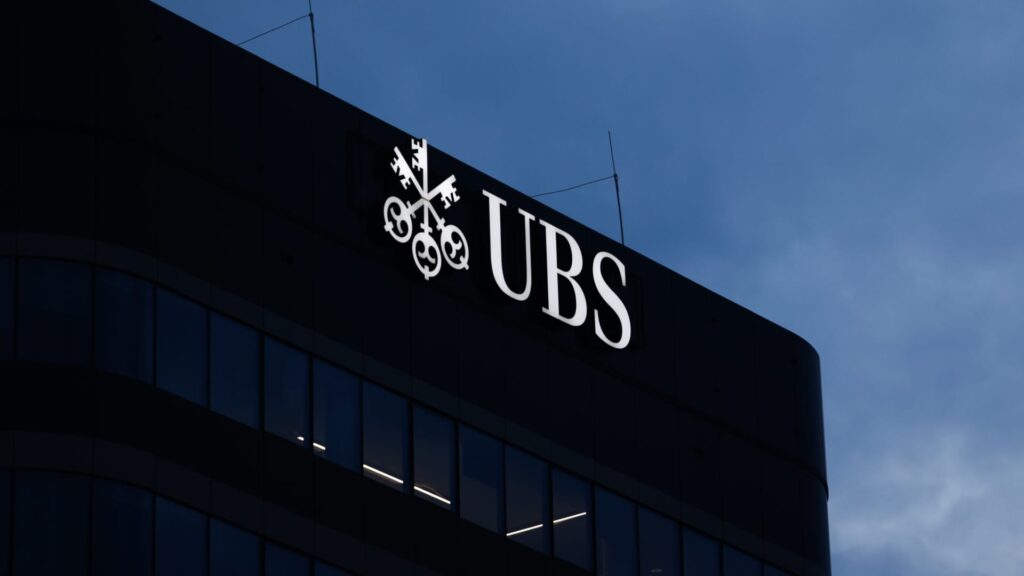The latest insights from financial analysts highlight the potential impact of U.S. President Donald Trump’s tariff threats on European exports, despite Europe not being directly affected. Experts believe that a weakening dollar could put additional pressure on the export sector, particularly as the euro strengthens against the currency. With European economies showing resilience, especially in areas of consumption and government spending, the focus is turning towards investment opportunities within the continent, particularly in sectors like utilities and industrials.
| Article Subheadings |
|---|
| 1) The Euro’s Strength and Export Implications |
| 2) Domestic Economic Strength in Europe |
| 3) Investment Opportunities: Focus on Utilities and Industrials |
| 4) Defense Stocks: Caution Amid Rising Prices |
| 5) Analysts’ Positive Outlook for European Markets |
The Euro’s Strength and Export Implications
The backdrop of President Trump’s tariff threats raises questions about economic dynamics across the Atlantic. Analysts, including Gerry Fowler from UBS, suggest that while Europe is shielded from direct repercussions, the ramifications could still reverberate through European exports. A weakening U.S. dollar makes European products more expensive for American buyers, creating potential hurdles in export growth. As the euro remains robust, appreciating by about 12% against the dollar this year, the implications are clear: the export sector could face significant headwinds if the dollar’s decline continues. This scenario is particularly concerning as analysts anticipate slower growth in the net exports category, a crucial component of the GDP metric.
Domestic Economic Strength in Europe
Despite the threats from the U.S. tariffs, Europe exhibits underlying economic resilience. Analysts note that consumption, investment, and government spending across the continent continue to make strides, with signs of steady growth. According to Fowler, Europe is navigating a phase termed the J curve, characterized by stagnant GDP growth initially before stabilizing. The underlying health of domestic economic sectors remains intact. “Nearly all of the weakness is in the net export category,” said Fowler. He emphasized the solid performance of consumption and investment metrics, indicating that domestic industries remain a promising focus for investors.
Investment Opportunities: Focus on Utilities and Industrials
As analysts sift through the landscape of potential investments in Europe, sectors like utilities, telecoms, and industrials emerge as attractive options. Fowler argues utilities are presenting an unparalleled opportunity, stating, “I would call the utility sector — for the first time in probably 20 years — growth at a reasonable price.” Companies in this sector are benefiting from decreased capital expenditure following extensive broadband rollouts, leading to increased cash flow and dividends for shareholders. Moreover, as digitalization accelerates, these industries are likely to become even more valuable. Sectors within industrials, particularly electrification, are also catching investor interest due to their minimal exposure to currency fluctuations.
Defense Stocks: Caution Amid Rising Prices
While defense stocks surge in popularity, analysts express caution due to their elevated valuations. Fowler stated that the sector appears “really quite expensive and crowded,” complicating prospects for further upward momentum. This perspective aligns with prior reports from UBS, highlighting that while the interest in defense is present, it is essential for investors to proceed with care. With these stocks potentially losing the ability to generate significant returns compared to others, a cautious approach may be warranted. Investors are reminded of the broader market implications and the necessity for strategic asset allocation in this competitive space.
Analysts’ Positive Outlook for European Markets
A notable shift in sentiment towards European markets is becoming apparent among analysts. Fowler recently remarked on UBS’s upward revision of the Stoxx 600 target for 2025 and 2026, indicating that it may offer annualized returns of approximately 10%. This would represent a significant improvement for Europe, which has struggled to achieve comparable returns in recent years. His insights illustrate a confident expectation that European markets are on the cusp of regaining momentum, drawing increased global investment interest. Notably, Deutsche Bank has also shifted from a neutral to a positive outlook on European equities, particularly commendable for German mid-caps and strategic sectors such as banking and healthcare.
| No. | Key Points |
|---|---|
| 1 | The euro’s strength against the dollar could pressure European exports. |
| 2 | Domestic consumption and government spending in Europe continue to grow. |
| 3 | Sectors like utilities and electrification are seen as viable investment opportunities. |
| 4 | Analysts are cautious about defense stocks due to high valuations. |
| 5 | Positive outlook for European markets indicates potential for renewed investment interest. |
Summary
The current landscape surrounding European exports, domestic economic strength, and potential investment opportunities reflects a complex interplay of global economic factors. As the euro remains strong against the dollar and analysts express optimism about growth in various sectors, investors may find worthwhile avenues to explore in the European market. Understanding these dynamics is crucial for a well-rounded investment strategy moving forward.
Frequently Asked Questions
Question: How do U.S. tariffs affect European exports?
U.S. tariffs on goods can increase the cost of European products for American consumers, potentially leading to reduced demand and a decline in exports from Europe.
Question: What sectors are considered strong investment opportunities in Europe?
Current strong investment opportunities are seen in the utilities sector, telecoms, and industrials, especially electrification companies.
Question: What is the current outlook for European markets according to analysts?
Analysts are increasingly positive about European markets, forecasting potential annualized returns of around 10%, indicating renewed interest and investment prospects.
